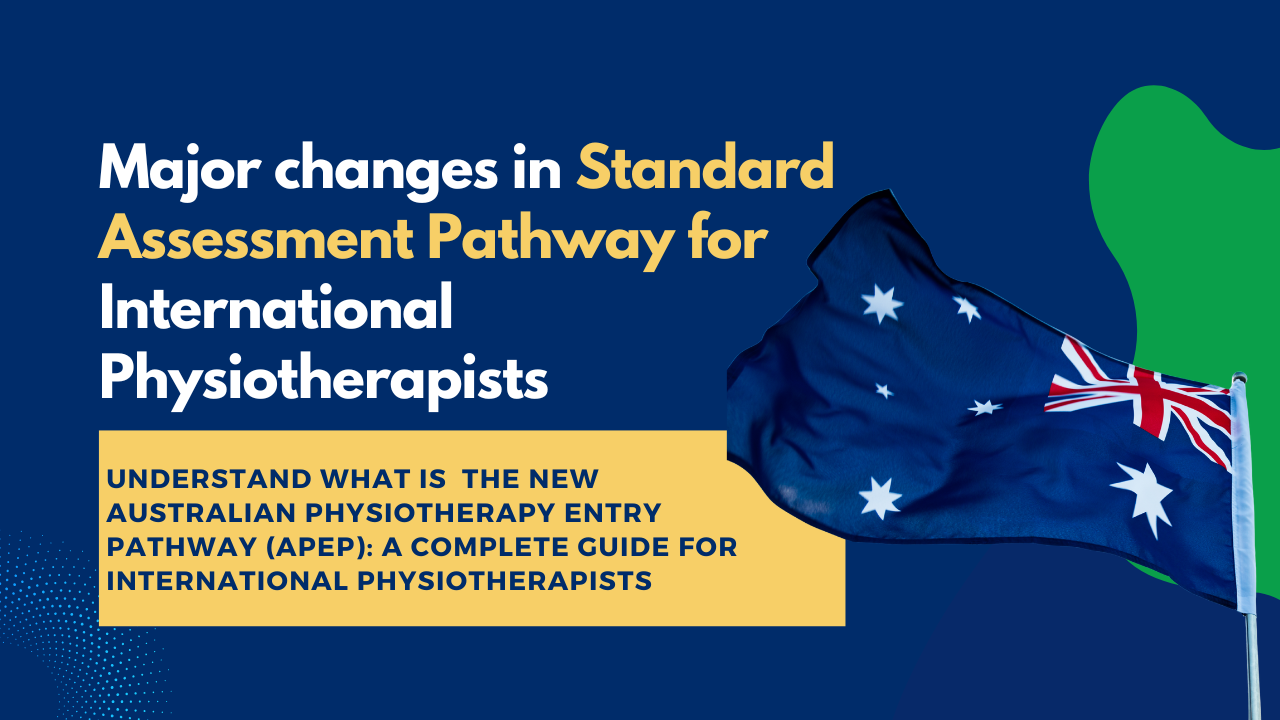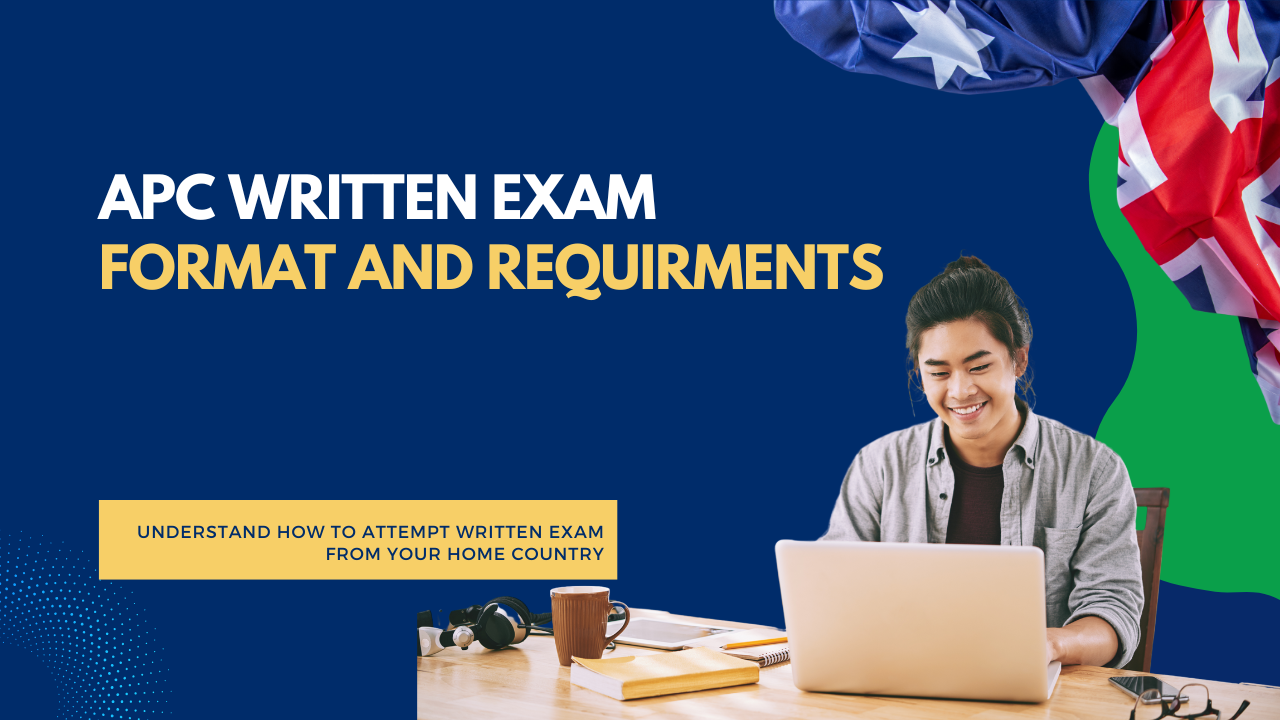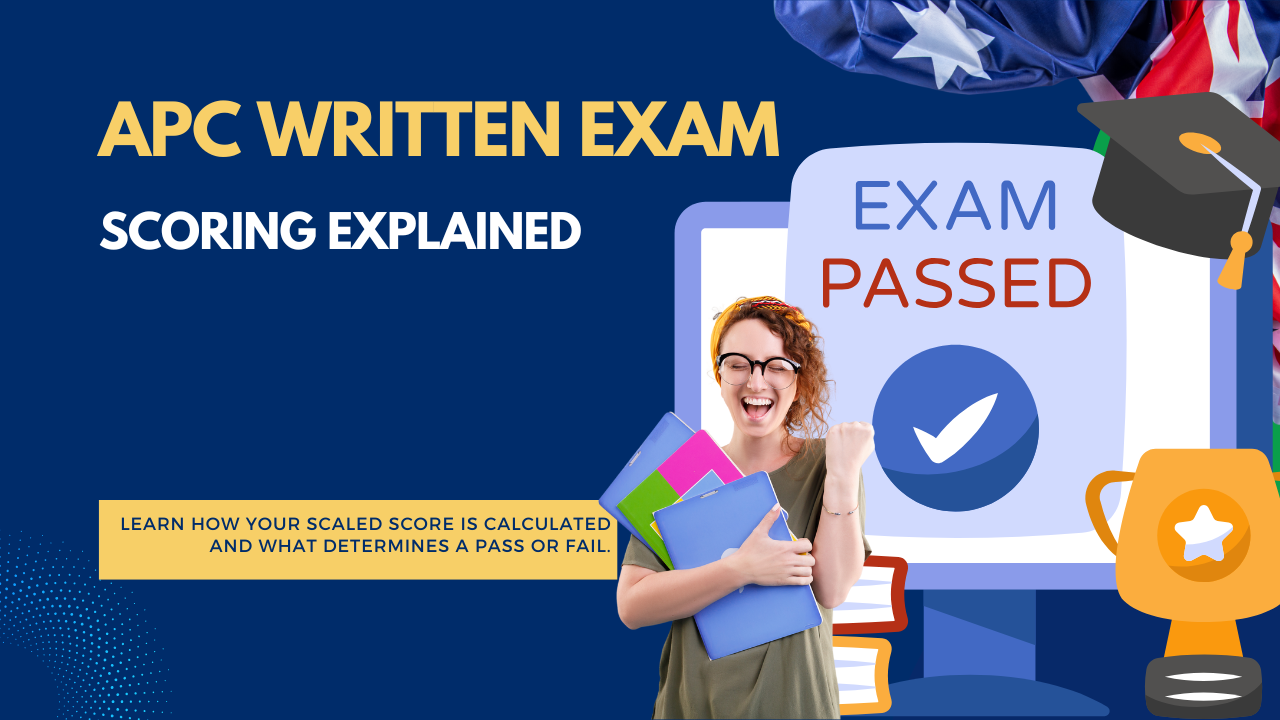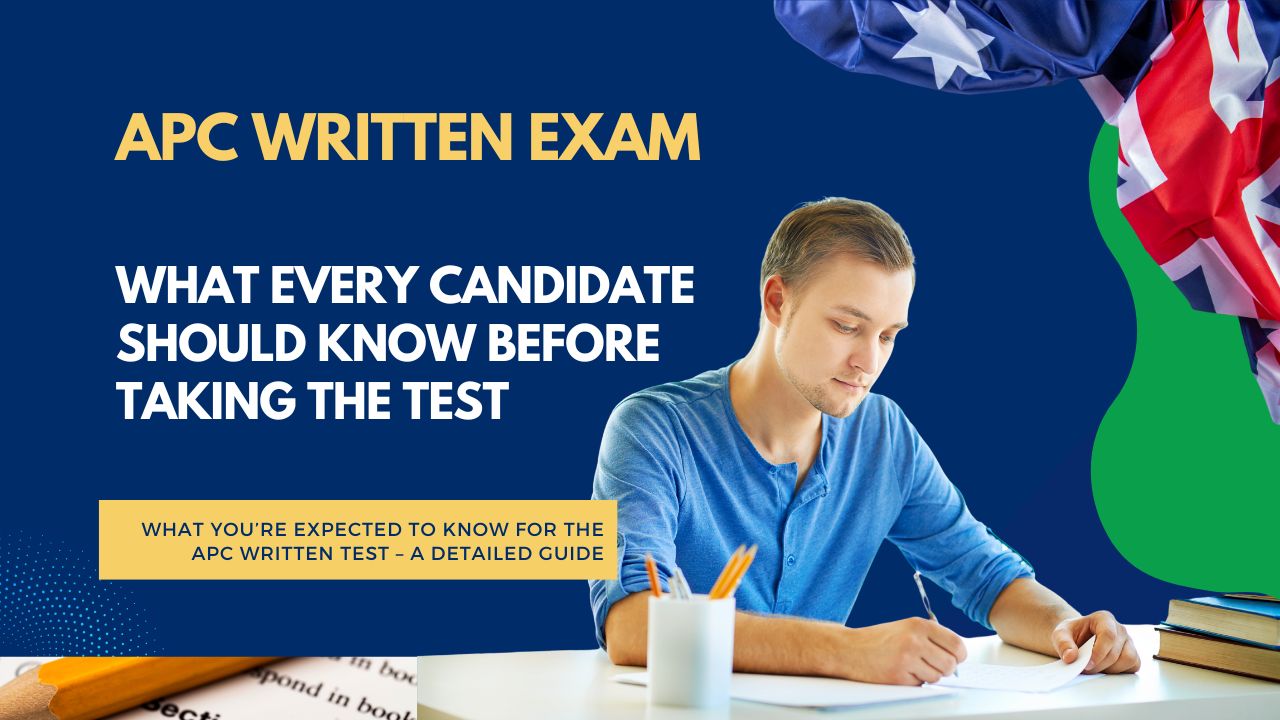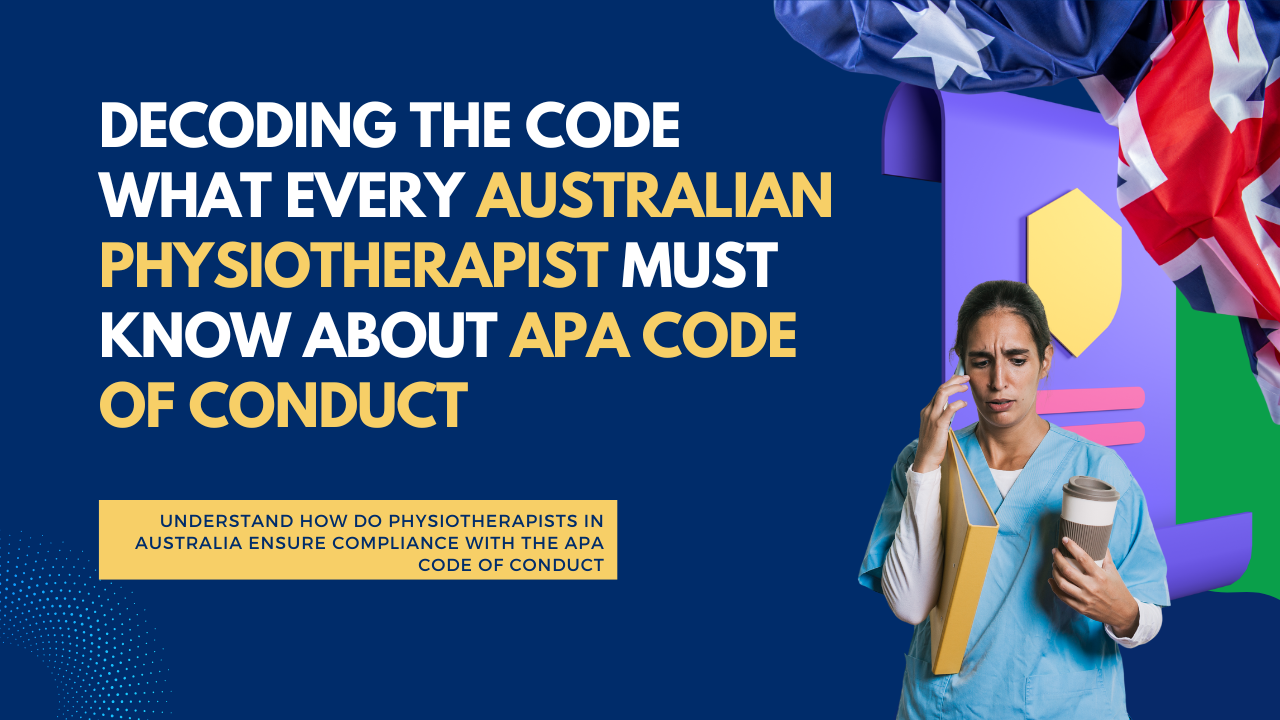Arthrogenic Muscle Inhibition (AMI) is a condition that plays a significant role in the injury process and subsequent rehabilitation. This phenomenon occurs when the musculature surrounding an injured joint is inhibited, even though the muscle itself is not damaged. The inability to contract these muscles due to joint injury leads to muscle atrophy, weakness, and delayed recovery. Addressing AMI is crucial in ensuring optimal outcomes during joint rehabilitation. This article we will discuss the intricacies of AMI, its impact on joint rehabilitation, and effective strategies for overcoming muscle inhibition.
Thank you for reading this post, don't forget to subscribe!What is Arthrogenic Muscle Inhibition (AMI)?
AMI refers to the neural inhibition of muscles surrounding an injured joint. It is a natural protective mechanism designed to prevent further joint damage. However, this inhibition can persist beyond the initial injury, leading to muscle atrophy and weakness. Commonly seen in cases like ACL ruptures, AMI can result from swelling and pain that trigger inhibitory reflexes in the joint. The inhibition reduces the ability of the motor neuron pool to recruit muscle fibers, leading to diminished muscle strength.
Key Mechanisms of AMI:
- Pre-synaptic reflex inhibition: Inhibition occurs before the synapse between nerves and muscle fibers.
- Inflammation-induced inhibition: Swelling, particularly intra-articular pressure, can trigger this inhibitory response.

Signs and Symptoms of AMI
Patients with AMI often present with muscle weakness, atrophy, and reduced joint mobility. These symptoms arise due to the decreased motor neuron recruitment, leading to impaired muscle contraction.
- Common Clinical Indicators:
- Muscle weakness and fatigue.
- Reduced muscle activation despite no apparent damage.
- Muscle atrophy, particularly visible around the injured joint.
The Role of Joint Mechanoreceptors in AMI
AMI is driven by activity from joint mechanoreceptors, which play a crucial role in relaying protective signals that inhibit muscle contraction. These mechanoreceptors, including free nerve endings and specialized noxious sensors, interact with inhibitory interneurons in the spinal cord, leading to reduced muscle activation. Pain, swelling, and immobilization are often associated with AMI, but the neurophysiological response stemming from joint mechanoreceptors significantly contributes to this condition.
The Impact of AMI on Rehabilitation
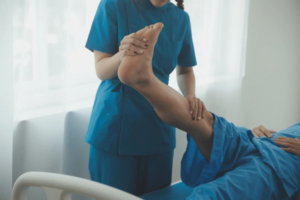
AMI significantly hinders early active exercise, which is crucial for reducing healing time and enhancing tissue regeneration. Traditional strengthening exercises alone are ineffective when AMI is present, as they fail to recruit enough muscle fibers before exhaustion sets in. This inhibition ultimately prolongs the rehabilitation process and increases the risk of further joint injury.
- Key Consequences:
- Prolonged rehabilitation timeline.
- Muscle weakness and susceptibility to reinjury.
- Impaired joint stability.
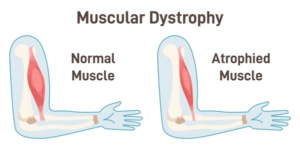
Disinhibition: Strategies to Restore Muscle Function
To overcome AMI, clinicians must first address the inhibition before strengthening can be effective. Disinhibition strategies aim to reactivate the muscle through external stimulation and therapeutic interventions.
- Effective Disinhibition Techniques:
- Cryotherapy: Ice therapy applied to the joint reduces swelling and stimulates muscle activation.
- TENS (Transcutaneous Electrical Nerve Stimulation): Provides sensory-level electrical stimulation to facilitate muscle recruitment.
Research has shown that these methods can improve muscle activation and increase joint mobility by reducing inhibition.
Evidence-Based Practices for Treating AMI
Numerous studies support the use of cryotherapy and TENS in treating AMI. These methods have been shown to effectively decrease joint swelling and enhance muscle recruitment during rehabilitation.
Conclusion
Arthrogenic Muscle Inhibition (AMI) is a significant barrier in the effective rehabilitation of joint injuries. Understanding the neurophysiological mechanisms behind AMI and employing targeted strategies for muscle disinhibition can play a crucial role in restoring muscle function and improving patient outcomes. Clinicians must adopt evidence-based practices like cryotherapy and TENS to effectively manage AMI, ensuring a more rapid and successful return to full activity without strength limitations.
References
- European Journal of Sport Science. (2020). Pathophysiology and management strategies of arthrogenic muscle inhibition. European Journal of Sport Science. https://doi.org/10.1080/17461391.2020.1717104
- Physical Therapy in Sport. (2021). Cryotherapy as a modality to alleviate arthrogenic muscle inhibition: A review of current research. Physical Therapy in Sport. https://doi.org/10.1016/j.ptsp.2021.01.010
- Journal of Orthopaedic Research. (2019). The role of mechanoreceptors in arthrogenic muscle inhibition after joint injury. Journal of Orthopaedic Research. https://doi.org/10.1002/jor.24173
- Pain Medicine. (2022). Disinhibitory effects of transcutaneous electrical nerve stimulation in managing arthrogenic muscle inhibition. Pain Medicine. https://doi.org/10.1093/pm/pnac036
- Journal of Sports Medicine and Physical Fitness. (2018). Physiological mechanisms underlying arthrogenic muscle inhibition and rehabilitation strategies. Journal of Sports Medicine and Physical Fitness. https://doi.org/10.23736/S0022-4707.18.08192-6

